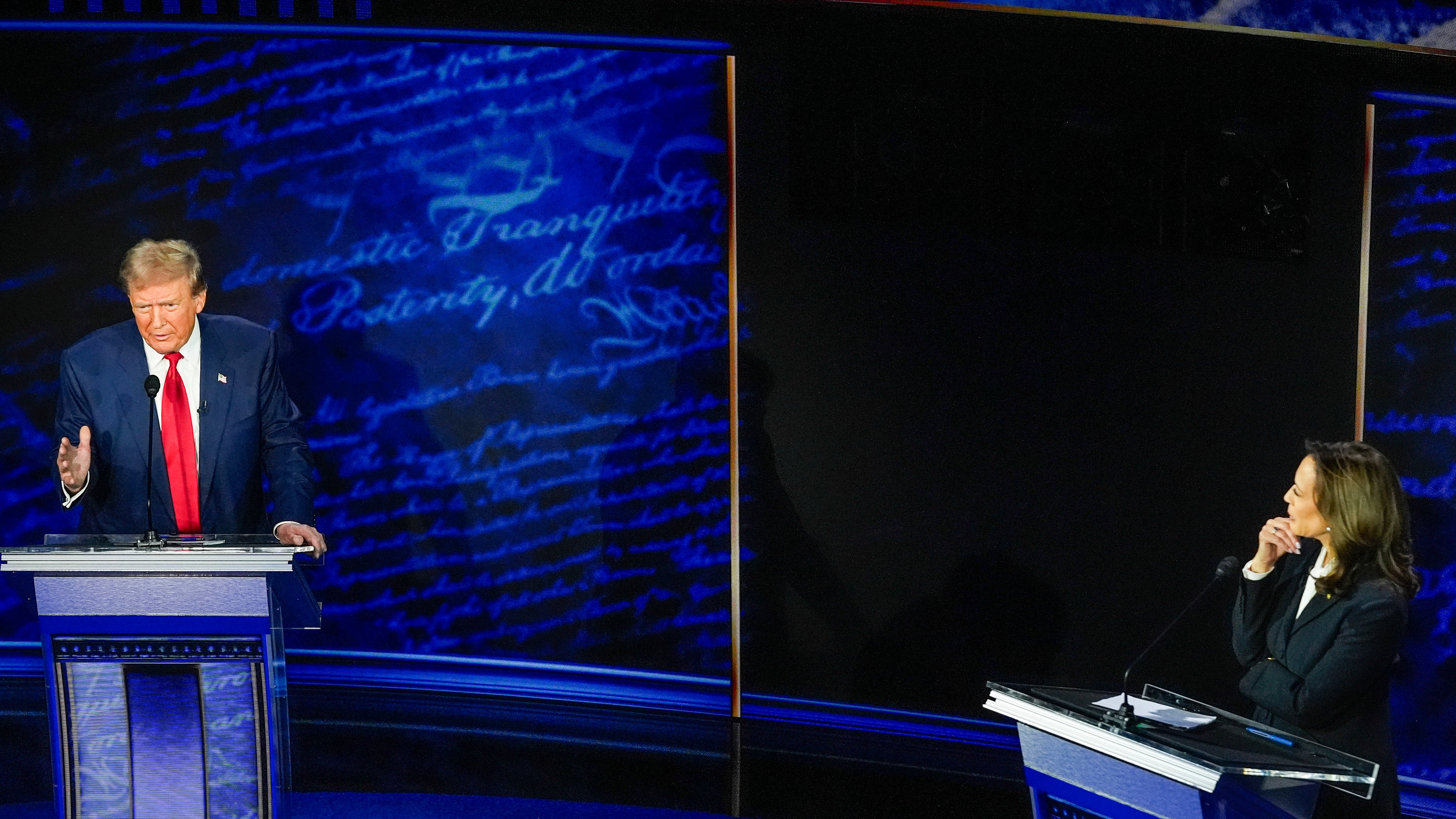As election day approaches, many voters are gripped with anxiety and unsure whether they can trust the polls, especially after previous inaccurate predictions. However, understanding how polls are conducted can ease this anxiety and restore trust between poll workers, elected officials and registered voters.
Pollsters survey a sample group of voters, which is a “smaller, but representative subset of a population,” according to the California Institute of Technology. They explain this process with an analogy: “You don’t need to eat the whole bowl to know how the soup tastes, just a representative spoonful.”
However, some pollsters consider past election results in current data, which experts say can leave out a percentage of present-day registered voter voices.
For example, during the 2016 election, polls projected former Secretary of State Hillary Clinton to win the presidency for weeks leading up to the election. When Donald Trump was announced as the winner, voters were left speculating the accuracy of these polls.
Ann Crigler, a professor of political science and international relations at USC, explained the reasoning for this process.
“Pollsters typically weigh their polls because they know that they can’t on a first run basis get a truly representative sample of people who are likely to turn out to vote,” Crigler said.
Duncan Law, president of USC Political Union, remembers seeing the results of the 2016 election when he was a freshman in high school. He said everyone in his life expected Hillary Clinton to win the election based on the data they received from the polls.
“I think for me, 2016 was just sort of that flash point where at my most…influenceable…I was shown just how fragile our democracy is and and just how dangerous some aspects of it can be,” Law said.
However, publishing the margin of error, which is the amount of uncertainty a survey may have, can help maintain the integrity of political polls, according to the U.S. Election Assistance Commission.
Crigler encouraged voters to assess the reliability of the pollster, when the poll was conducted, margins of error and the ways questions were asked. If these details are not available, Crigler said, “you know right away that it’s not going to be a truly reputable poll.”
Voters can visit the American Association of Public Opinion Researchers for more information on what criteria polls need to meet in order to be reliable. In addition to using these resources while researching, Crigler said that voters should be wary of quick turn-around polls being conducted during this election season.
“They’re doing polling where it’s a push poll, and they’re trying to get you to donate money, or…it’s a voluntary poll with samples that are just completely unreliable,” Crigler said. “So you really don’t want to listen to those at all.”
During the 2020 election, Joe Biden was overstated by 3.9 percentage points two weeks before election day, which was the greatest polling error since 1980 according to Vanderbilt University Research News.
Today, according to FiveThirtyEight Polls, Vice President Kamala Harris is leading in the polls by 1.1 percentage point at 48%, with former President Donald Trump following closely behind at 46.9%.
Even with more knowledge about polling practice, some voters may still be anxious waiting for results this election season. Law said he avoids anxiety by focusing on things he can control.
“A lot of the political activism I do is just calling people in swing states,” Law said. “It keeps me optimistic, rather than looking at a poll…that changes every day, and it’s always within margin of error.”
Law advised students and registered voters to “realize that they don’t have any control over this stuff, and that’s okay.”
